
T&I News 17 2022…
I realised I hadn’t posted this part-made post, so I’ve included it here for completeness, along with a lot of updates from the last few days, which I will start with…
Gateshead 10
Below: Localised repairs to the body of Gateshead 10 have now commenced, along with flatting, filling and priming of the coachwork as a repaint into Gateshead livery commences. The new doors have been retrieved from storage and will be glazed and varnished, and work on the glazing is also planned. The aim is to finish 10 in -re WW2 livery, with black advertising panels and adverts instead carried on the roker panelling. I’ll try and obtain permission to reproduce the photograph of the car in this condition, in Gateshead.
Below: Don cook, our Engineering Supervisor, sent some photos through of the deflection tests carried out on Gateshead 10’s primary and secondary springing. This enabled a consistent load to be applied to each spring, and for this to be recorded and compared against each other spring in the test. The variance of the coil springs (tested to one ton) was 4mm, which is negligible, whilst the leaf springs (tested to two tons) was similarly negligible. What the team was looking for was any variance that might inhibit the performance of the springs as a group (i.e. one corner of a bogie might be high, or low, which could result in its performance on the track being compromised) and for consistency across each group of springs. With this test completed, the springs will be sent across to the paintshop for cleaning, priming and painting before assembly onto the bogies.
Photos by Don Cook
Seaham Harbour No.18
Below: Antony Walker, the Steam and Rolling Stock Technician, has been working hard, in between routine maintenance on the working fleet, to dismantle No.18 and prepare it for assessment (and hopefully overhaul) of its boiler. It might be recalled that we were not sure whether we would proceed with this work, but a review of operating status for the railways on site, plus a busy year so far and the opportunity for Antony to spend some time on the loco led to the decision to prepare it for assessment and continue through to overhaul of the boiler if the work is within reasonable bounds.
The latest work carried out entailed removal of the boiler. With Puffing Billy once again acting as shunter, No.18 was positioned in readiness for Websters Plant Hire to provide the means of lifting the boiler clear of the frames (it being just beyond the weight limit of our Tele-handler). This photo shows the view from the footplate – as the driver would have seen it prior to the 1936 rebuild, sans saddle tank and when the loco was fitted with a well tank (water tank positioned between the frames).
Below: The HIAB makes easy work of extracting the boiler from the frames.
Below: The boiler has bee positioned onto an accommodation bogie to enable easy access for cleaning and inspection.
Below: The frames and boiler, back inside the engine shed. We’ve been able to take advantage of Steam Elephant’s absence to make use of this side of the building, albeit the locomotive is a little out of period for the Waggonway’s usual exhibits.
Below: A couple of photos of the rolling chassis. We don’t plan to carry out much work to this in this phase, as we will move the loco to the workshop for the axleboxes to be overhauled in a future winter. We do have a hydrostatic lubricator that we do intend to fit, to improve cylinder and valve lubrication, and we also plan to fit hatches in the running plates to allow better access to the valve gear when oiling the locomotive for service. Some of the paintwork will be tidied up and it may receive a re-varnish too.
Below: Work on the boiler will include inspection, retubing, repairs to the regulator and a new arrangement for the steam pipes in the smokebox, to provide a more streamlined steam circuit. The missing section of the smokebox base will also be reinstated.
Photos by Antony Walker and Don Cook
Depot Clock Repairs
Below: The Beamish Tram Group have commenced refurbishment of the tram depot clock. As can be seen, years of exposure outside has caused it to deteriorate significantly, so considerable work will be required. It was originally located at Gosforth Car Sheds (LNER) and was installed there in December 1937. The commissioning date was given as the 9th, based on what is recorded in the master clock, which originates from the same installation.
Crosville 716
Below: Following suggestions made by the museum’s access panel, and users of the bus, an additional handrail has been fitted to the front steps of the Cub, to assist passengers in entering the saloon. Gas-struts have also been fitted to the rear doors to positively hold the doors open in their catches whilst in use – strong winds being able to dislodge the doors and slam them on the crew whilst operating the tail lift.
Transport Thursdays
Below: These running days continue, on a weekly basis through the summer holidays. We will review these for 2023 as they are a big commitment for the engineering team as well as pressuring for the existing steam team to resource alongside the regular operations too. We have appointed a new Transport Operations Manager, and one of their jobs will be to review operations and look at ways we can maximise the working collection whist being realistic in terms of staffing them. Yesterday we had the David’s Aveling out alongside our own Fowler DNAS (Rambler), plus Glyder and the Waggonway (and buses/trams too).
Photos by Antony Walker and Don Cook
Bus event
Below: The two day bus event in July brought a collection of vehicles onto site for display and, if old enough, operation around the museum. Whilst the expected numbers we anticipated did not materialise, there were still sufficient vehicles to keep a regular and interesting service, with ever-changing vehicles operating around the site. One of the stars for me was this 1947 Sunderland Corporation Transport Crossley, No.13, which is now resident in the region once again.
Below: This 1954 AEC Regent III was an interesting exhibit – at first it takes a moment to realise why it looks different! It is fact a Portuguese vehicle, ex Lisbon, and is, of course, fitted for left-hand drive. The result is both familiar and quite unfamiliar!
Warden Law Engine
Below: The Warden Law Engine components that went to Hetton have returned and are on display at the Waggonway ahead of the September Transport Gala, when they will travel around the museum as part of a heavy-haulage display. After this they will be unloaded and placed back into store.
Engineering – Facility
Below: With the overhead line works complete, thoughts now turn to making more of the engineering space to the rear of Road 4 and 5 in the depot. We are contemplating partitioning this area off, to reduce draughts and dust plus make it more palatable for the winter. This will also contain the gantries and make lifting work safer (as the area will be effectively restricted-access only). A restrictor has now been placed across this area to prevent blue gantry cranes making an unauthorised exit and as of Friday morning this week, they have been prepared for use as the connections ot the power supply have been made. Once Gateshead 10’s bogies are complete, the work flow will include preparation of Puffing Billy for retubing, then stripping Steam Elephant for its mechanical overhaul. We also plan some modifications to its handbrake and will abandon the current water tank in favour of a tender-mounted one in the trailing chaldron waggon. This also entails modifications to the air supply to the train for braking – we are looking at an electrically driven compressor as a shore-supply for the train reservoirs.
We have also appointed an Transport Infrastructure Manager, in a new role, so will start to see the effects of this in the autumn. Alongside this, we have received the detailed report of the audit carried out on the Tramway Overhead Line Equipment (OLE) by NEXUS (see older blog posts), from which we can update our maintenance plan. Busy times!


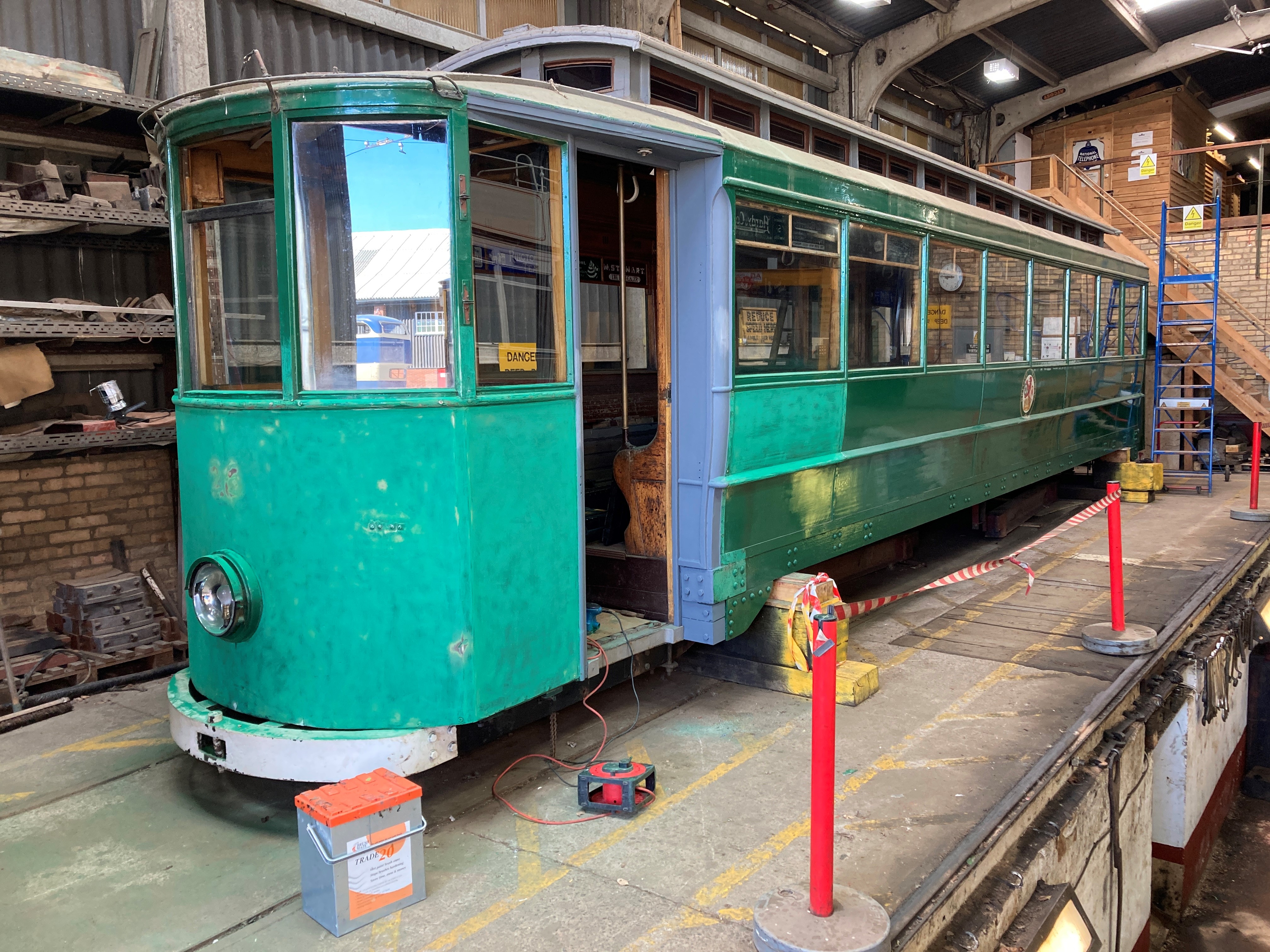


















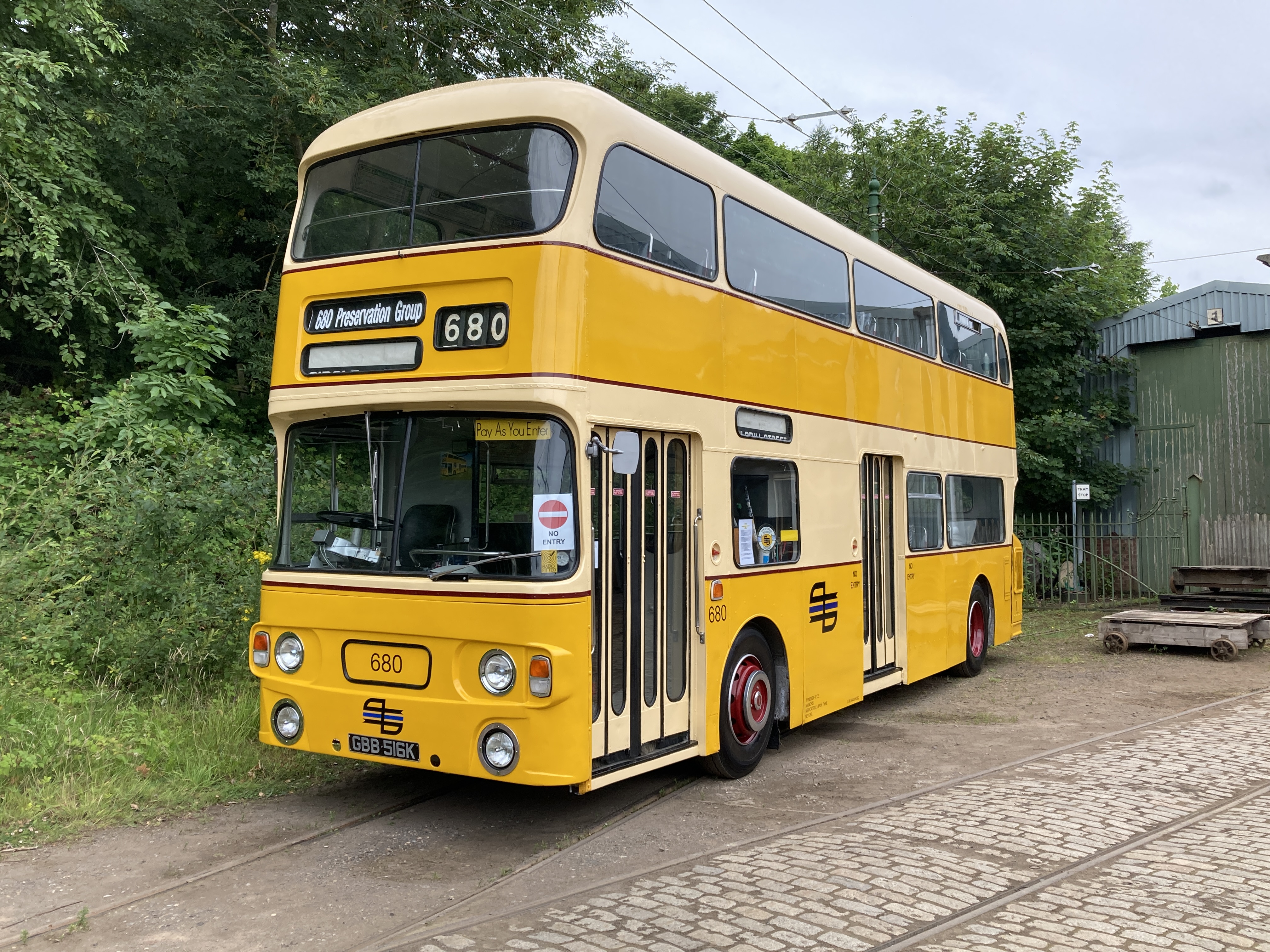
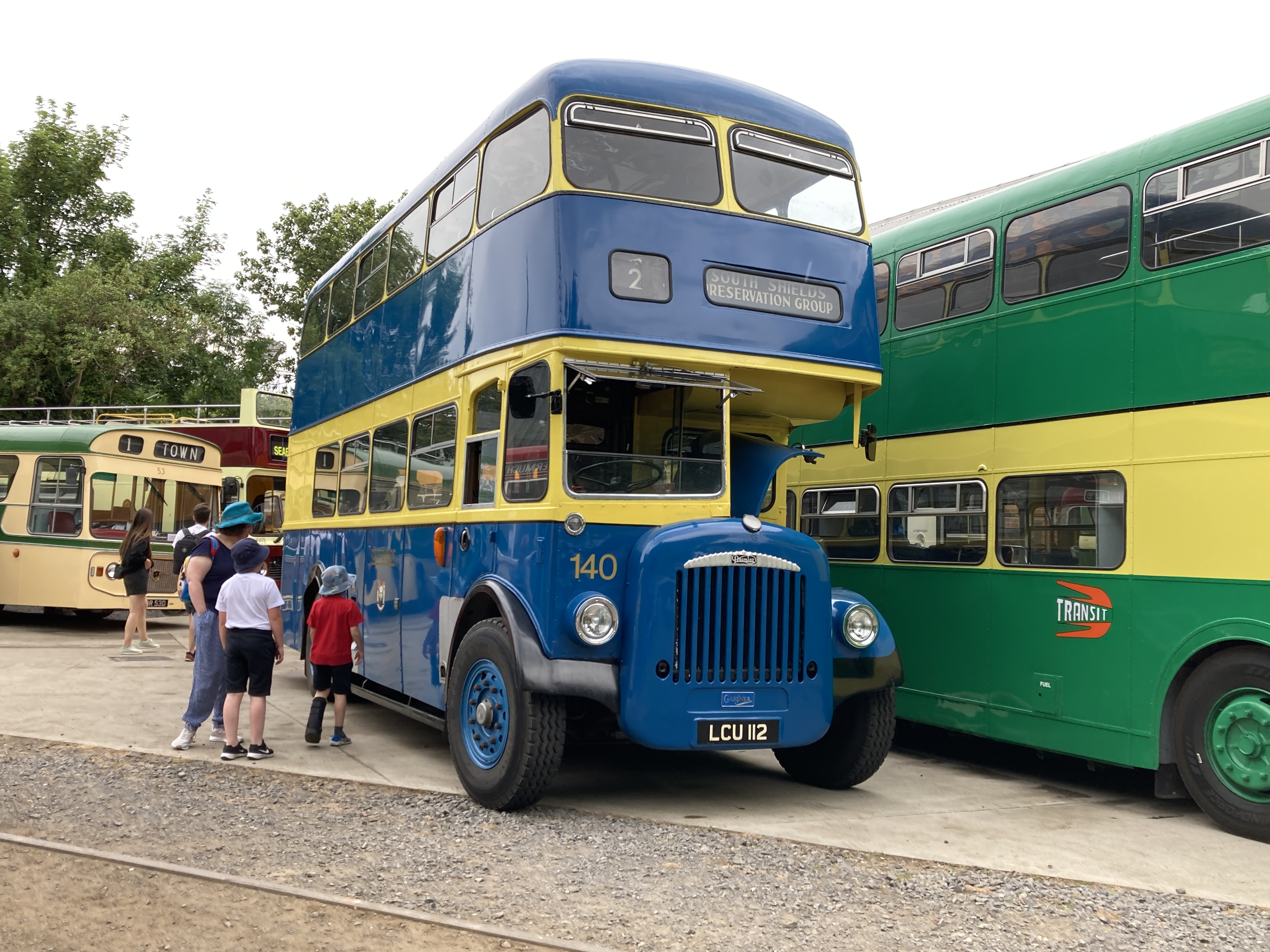
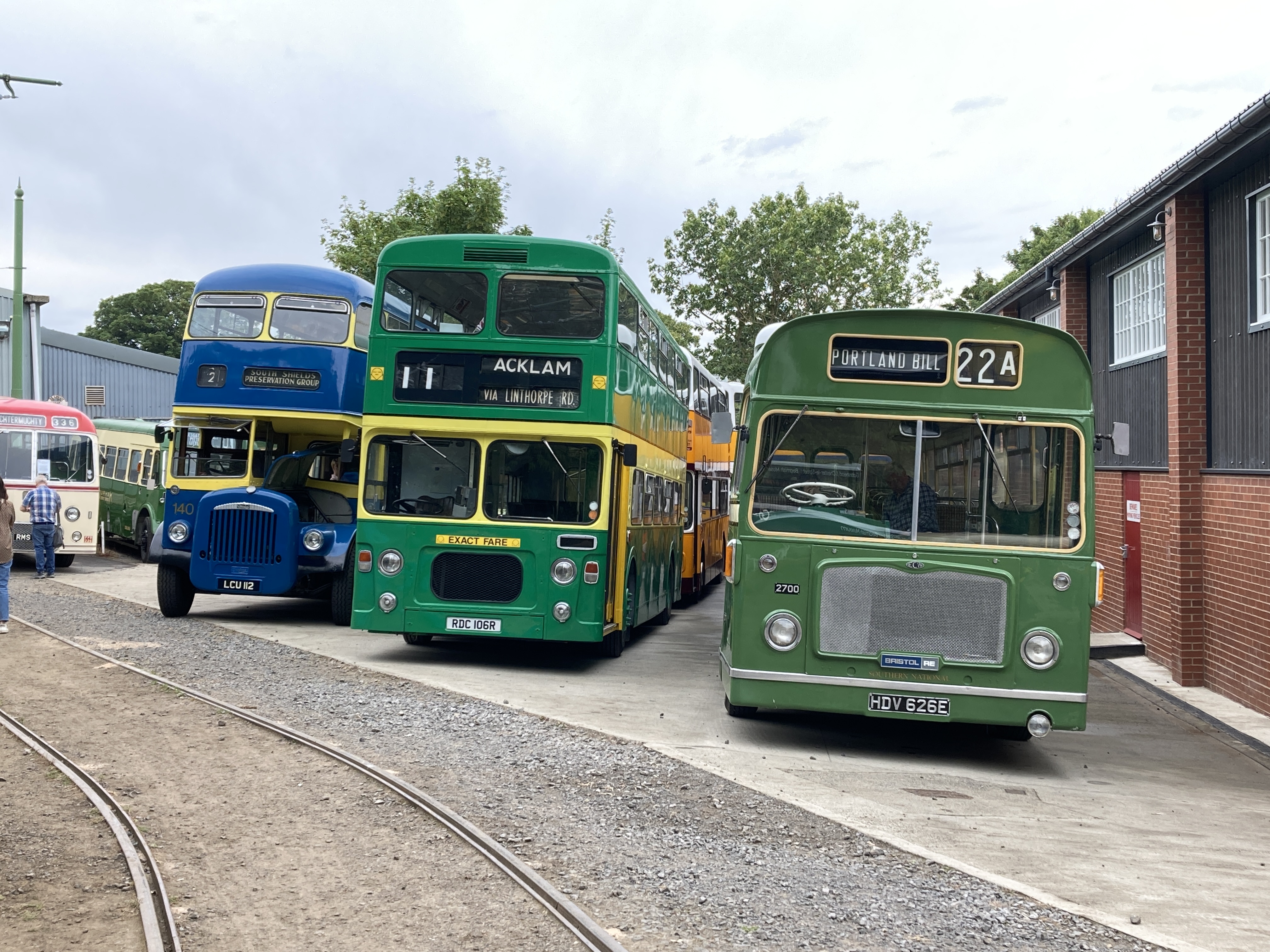
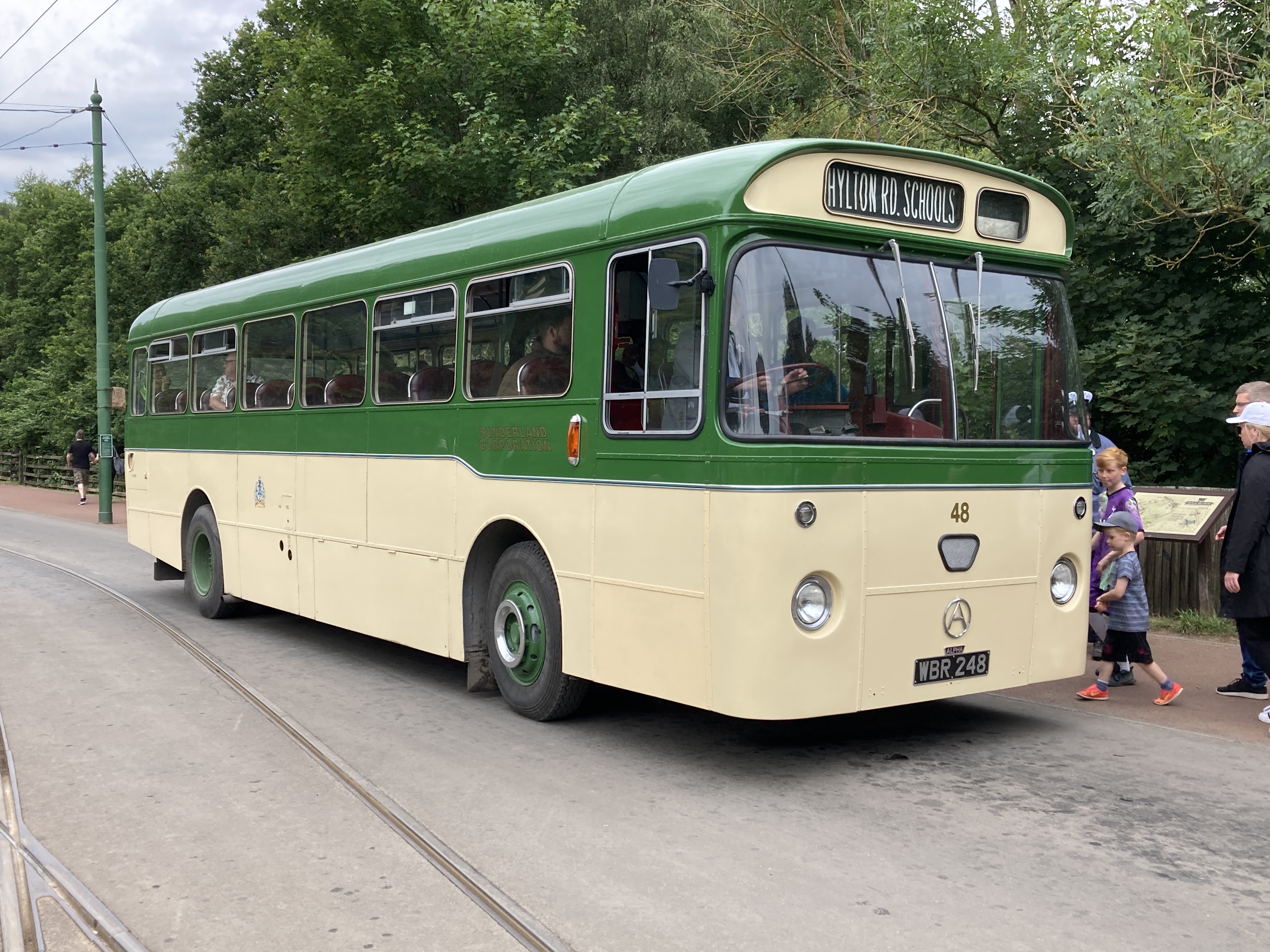
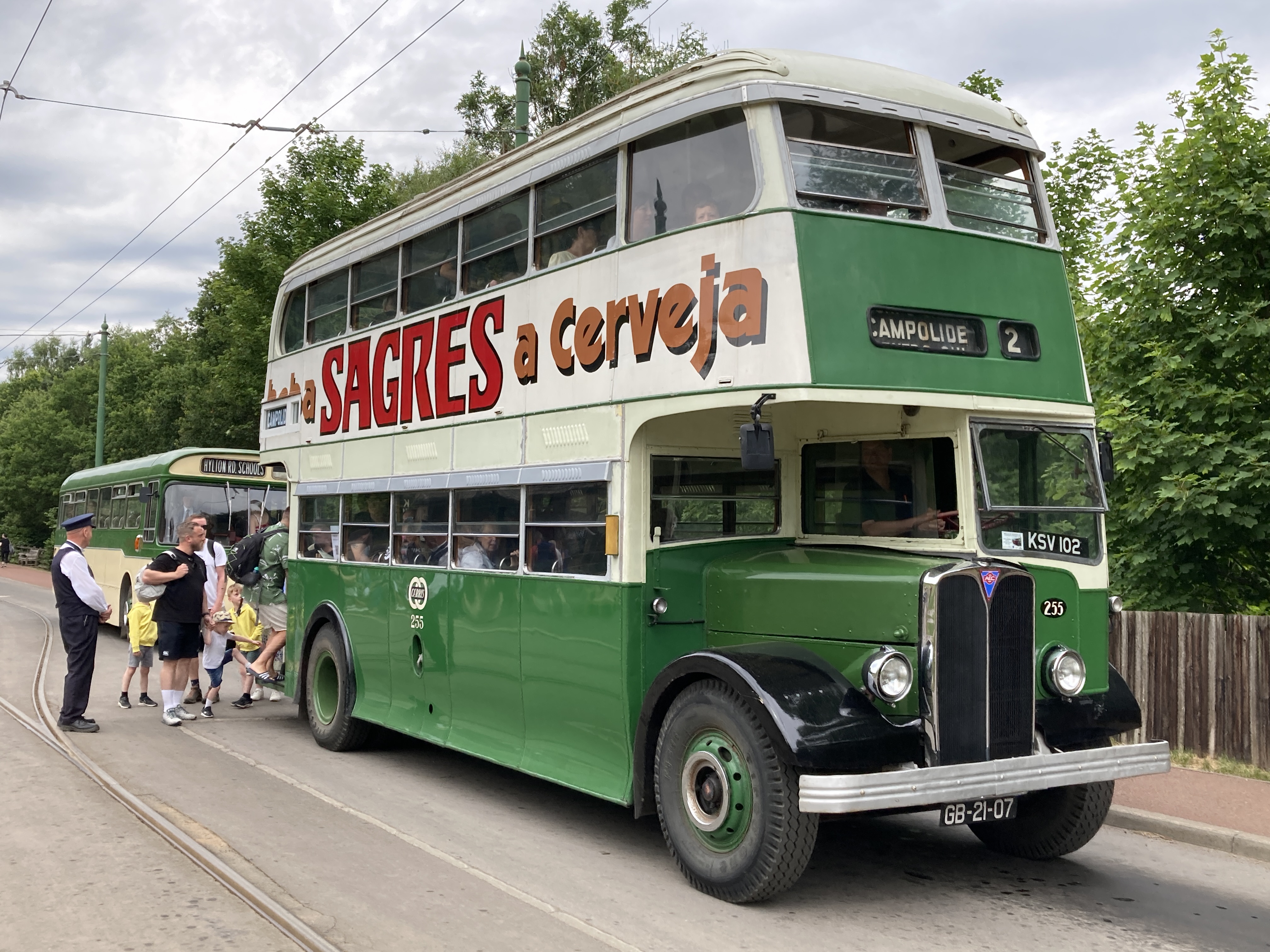
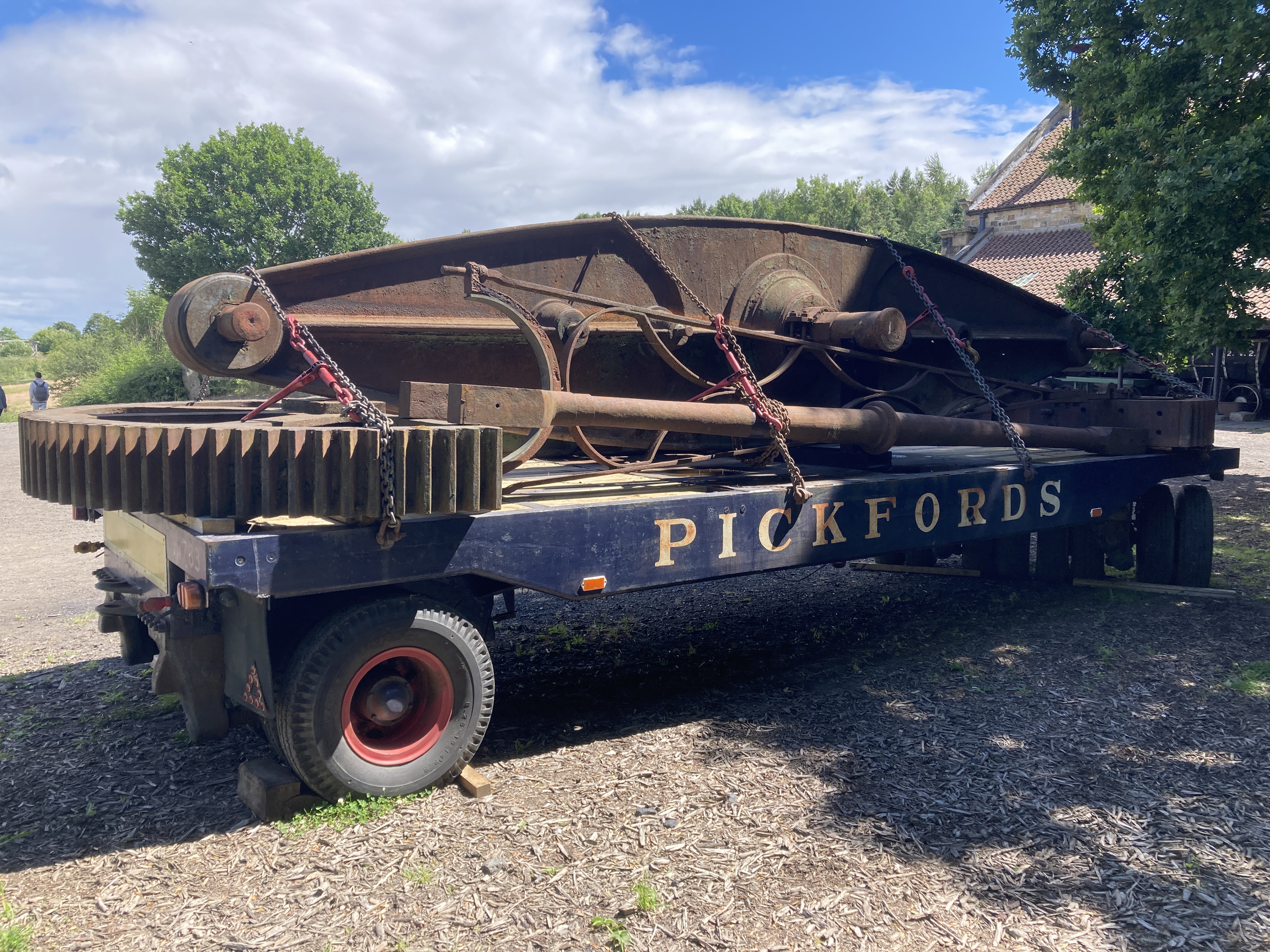
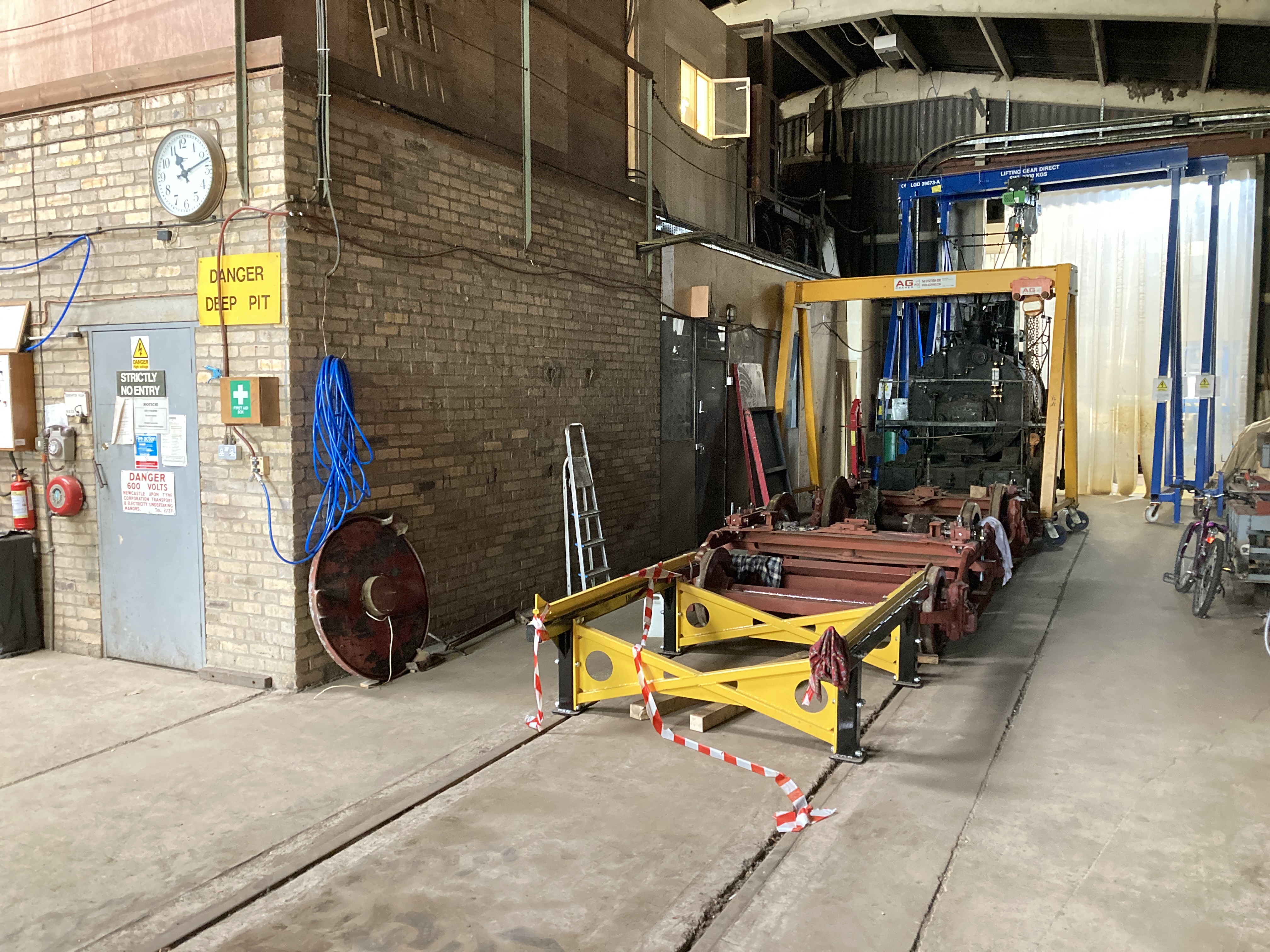





Recent Comments